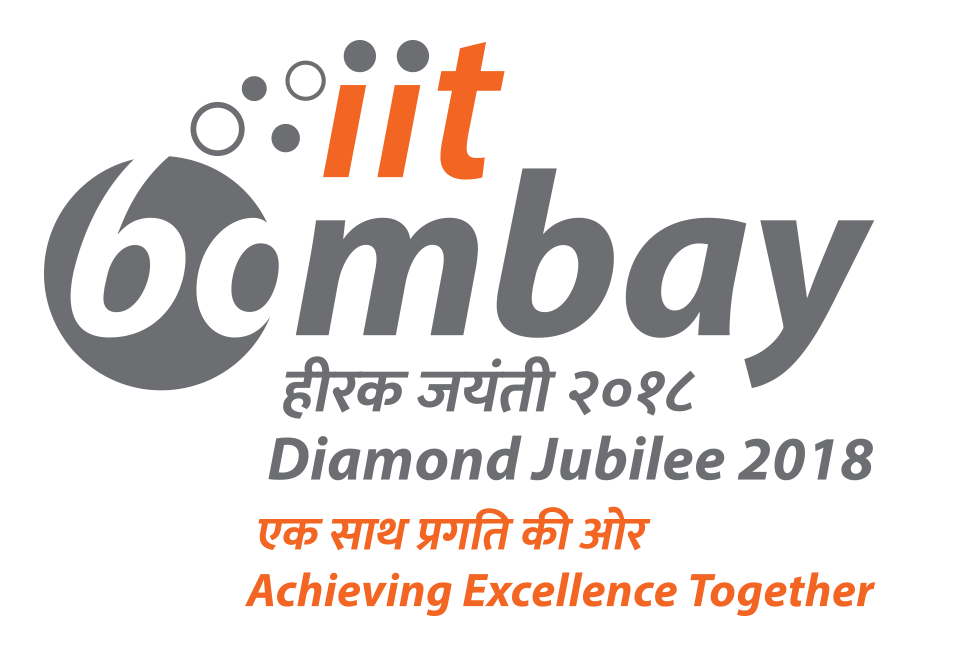Title: Structural and Magnetic properties of Multiferroic TbMnO3 and quasi one-dimensional quantum spin system (QSS) LiCuVO4
Speaker: Dr. Abhishek Kumar, IIT (BHU)
Abstract: In everyday life of human being, they need many devices e.g. mobile, computer, pen drive, transistor etc. All the devices cannot carry every time at any place. So, miniaturization of devices with multifunction come into the life e.g. smartphone which are used for multipurpose. That are possible only by the route of discovery of multifunctional materials. In the development of smallest and fastest speed devices with multipurpose are based on the discovery of new multifunctional material in which different properties are strongly coupled to each other in one material.
Multiferroics are one of the class of multifunctional materials having two or more long range ferroic ordering simultaneously in one single phase. In multiferroic material, there may be exist a coupling between two ferroic properties (e.g. ferroelectric and ferromagnetic). If the material exhibits a coupling between ferroelectric and magnetism then it is called “magnetoelectric coupling”. This magnetoelectric coupling effect is a novel properties of material which is mostly used in the development of non-volatile futuristic four logic state memory devices and many other devices also. Multiferroic materials with strong magnetoelectric coupling (appearance of magnetization M in an electric field E, or appearance of electric polarization P by the application of magnetic field H) can enable 4- state logic devices. The microscopic origin of magnetism is basically the same in all magnetic materials: it is the presence of localized electrons, mostly in the partially filled d or f shells of transition-metal or rare-earth ions, which have a corresponding localized spin, or magnetic moment. Exchange interactions between the localized moments govern magnetic order. On the other hand, the situation with ferroelectrics is quite different. There are several different microscopic sources of ferroelectricity, and accordingly one can have different types of multiferroics.
Transition metal Perovskites such as manganites, cobaltites and cuprates have attracted great interest due to their remarkable properties such as metal-insulator transition (manganites and cobaltites), colossal magnetoresistance and magnetoelectric coupling (manganites) and high Tc superconductivity and one dimensional quantum spin system as quantum magnet (cuprates). Strong magnetoelectric coupling has been observed mostly in perovskites multiferroic materials and some cuprates also. In manganites and cuprates, hole doping is the best way to enhance or improve the magnetic properties and induce ferromagnetism and also magnetoelectric coupling which is applicable in the development of many devices such as magnetic recording media, memory devices, magnetic sensors etc.

